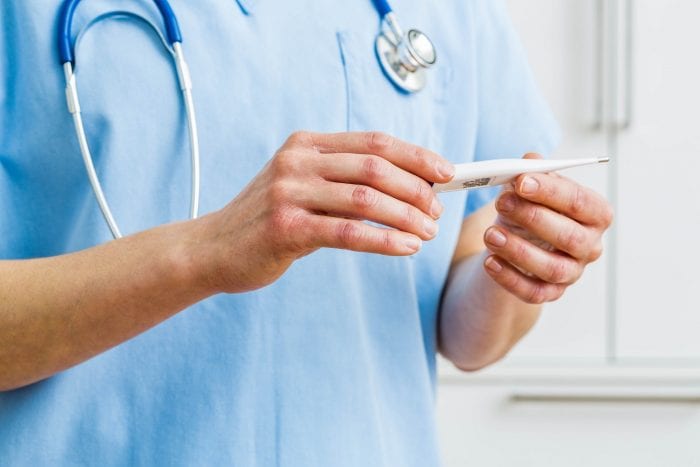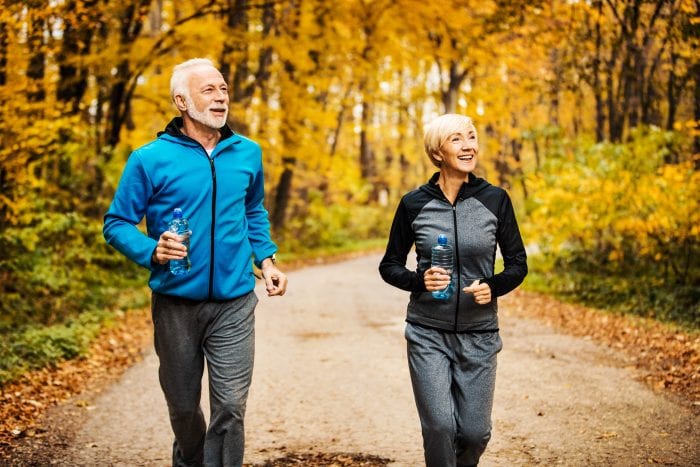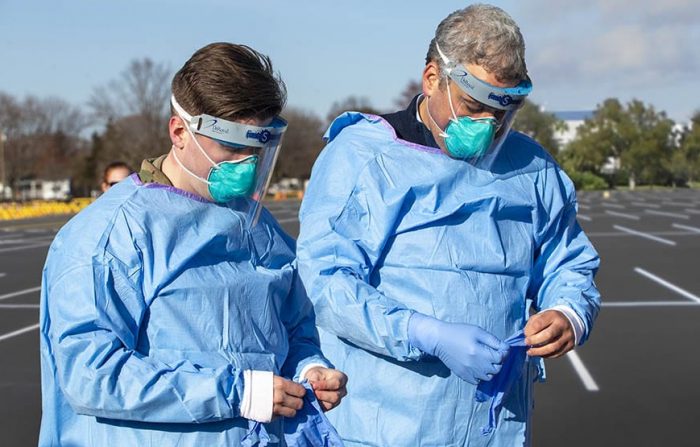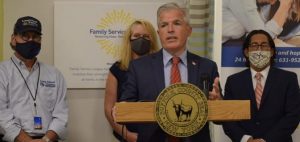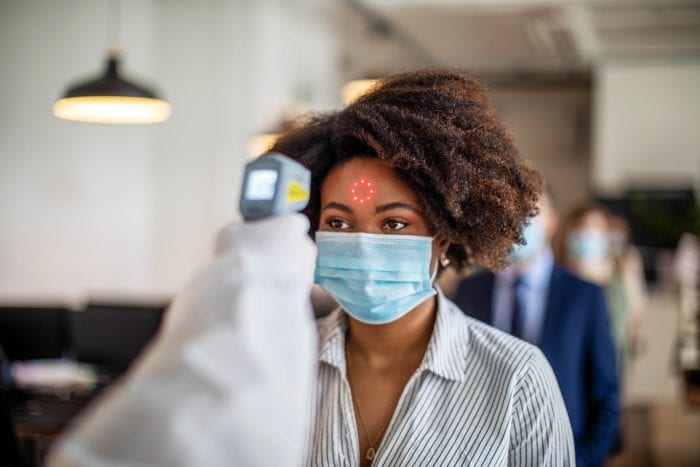Northwell Health President and CEO Michael J. Dowling, who marshalled tens of thousands of his workforce this spring to battle the deadly coronavirus disease 2019 (COVID-19) surge in the New York metropolitan area, has been named to Modern Healthcare magazine’s “100 Most Influential People in Healthcare,” ranking second overall.
This year’s top spot has been reserved for the frontline worker – doctors, nurses, respiratory therapists, environmental service workers and administrators – who put their lives at risk daily to care for COVID-19 patients.
While Northwell Health is combatting the second surge of COVID-19, Mr. Dowling’s innovation, leadership and strong stance on social issues such as gun violence as a public health crisis as well as immigration and the opioid epidemic, have also contributed to him earning a place on Modern Healthcare’s prestigious list for the 14th consecutive year. The list includes the nation’s most prominent health care CEOs, elected officials and government administrators.
“This year has shown us how vulnerable we are to the various pandemics facing health care,” Mr. Dowling said. “COVID-19 devastated us. Gun violence continues to cripple us. And there are numerous other issues that are keeping our communities from thriving. It is our responsibility to partner with them to finally move the needle in the right direction.”
To date, across Northwell’s network, the health system has treated 101,000 COVID-19 patients, including 16,000 who were hospitalized, more than any other hospital system in the country.
Mr. Dowling wrote about the lessons Northwell learned, as well as a prescription to avoid the spread of future viral illnesses in his latest book, “Leading Through a Pandemic: The Inside Story of Humanity, Innovation, and Lessons Learned During the COVID-19 Crisis.” His vision and crisis management expertise helped manage the surge, establish one of the nation’s most state-of-the-art testing centers at Northwell Health Labs, innovate new ways to alleviate supply shortages and utilize the entire integrated health system to improve patient care..
During his tenure as CEO, Mr. Dowling has developed Northwell Health into New York State’s largest health system with 23 hospitals, approximately 800 ambulatory and physician practices, and $13.5 billion in annual revenue. His ability to grow the health system into a vast clinical, academic and research enterprise builds on a legacy of innovation dating back to his 12 years of public service overseeing health, education and human services for former New York Gov. Mario Cuomo.
Health care leaders ranked among the top 10 in Modern Healthcare’s 2020 list were Marc Harrison, MD, president and CEO of Intermountain Healthcare (third) and Anthony Fauci, MD, director of the National Institute of Allergy and Infectious Diseases (ninth).
To see the complete list of Modern Healthcare’s “100 Most Influential People in Healthcare,” go to: http://ModernHealthcare.com/


